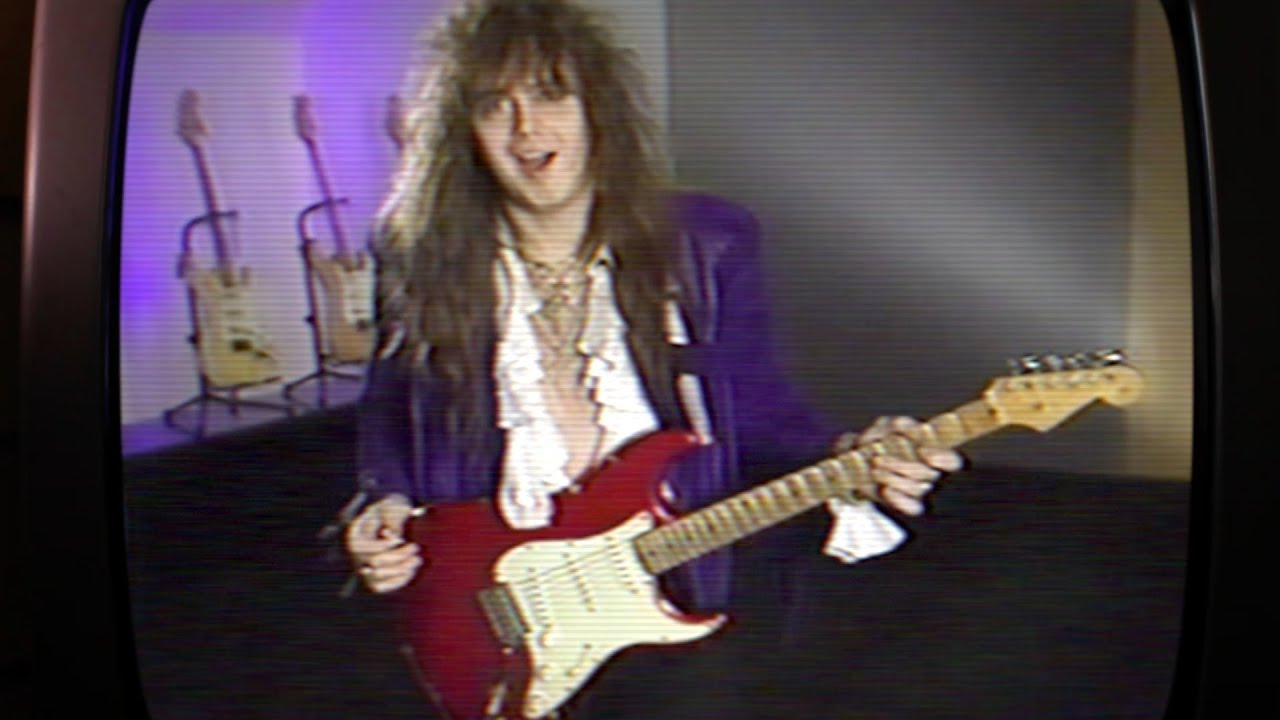Hi. 
So, I’m trying understand this stuff, I’m one of the many people who seem to hit a wall somewhere around 120-130.
But for me, what feels like the biggest problem so far is being able to process the metronome sounds while trying to keep my hands in time. My hands are a lot quicker than my mind, and so I get a lot of uneven sloppy notes when I try to play ‘fast’
Anyway, so I’m watching the start fast video right, from reading around here, I decided I should try to find a relatively comfortable way of alternate picking I can do at 150 bpm, but how do you mentally process this speed? Do you actually just count 12341234 one hundred and fifty fucking times per minute? This doesn’t seem like a viable option to me. What do? How count?
– Isak












